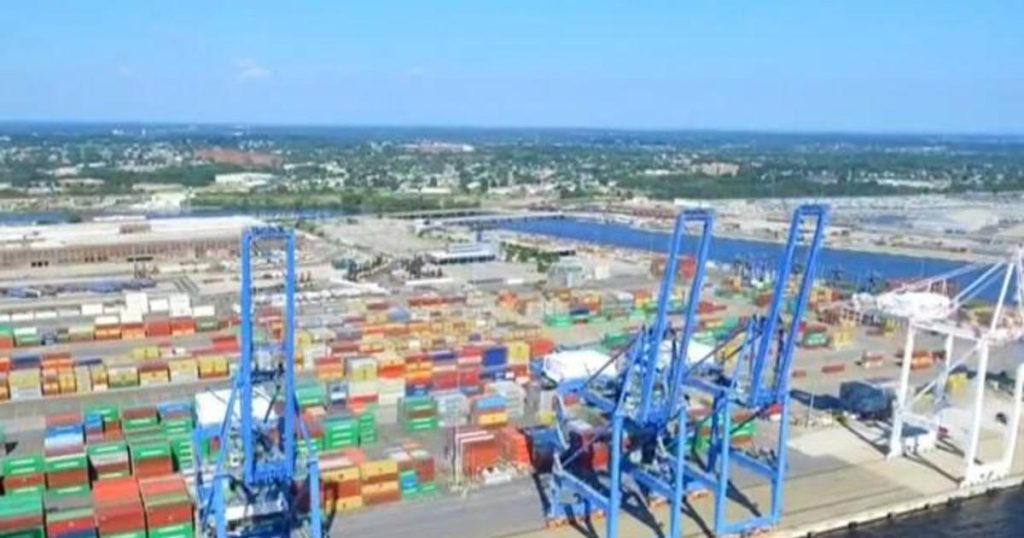The collapse of the Francis Scott Key Bridge in Baltimore not only has a devastating human toll, but it also has significant economic implications. The bridge collapse is now blocking a key waterway for shipping routes, which will have a ripple effect throughout the economy. This disruption in shipping routes will impact the transportation of goods and materials, leading to potential delays and increased costs for businesses. The economic fallout from this collapse will extend far beyond Baltimore, affecting industries and businesses that rely on efficient and timely shipping operations.
The transportation of goods via shipping routes is crucial for many industries, including manufacturing, retail, and agriculture. The closure of the Francis Scott Key Bridge will disrupt these supply chains, causing delays in the delivery of essential goods and materials. This could lead to production slowdowns and shortages for businesses that rely on just-in-time inventory systems. The increased costs associated with rerouting shipments or finding alternative transportation methods will also impact businesses’ bottom lines, potentially leading to financial losses and decreased profitability.
The economic impact of the Key Bridge collapse will not only be felt by businesses directly affected by the disruption in shipping routes but also by consumers. The increased costs and delays in the transportation of goods will likely result in higher prices for consumer goods and services. This will impact households’ purchasing power and could lead to inflationary pressures in the economy. Additionally, the economic fallout from the collapse could also result in job losses and reduced economic activity in the region, further exacerbating the economic consequences of the disaster.
The Key Bridge collapse highlights the vulnerability of critical infrastructure and the importance of maintaining and investing in infrastructure resilience. Aging infrastructure, like the Francis Scott Key Bridge, is susceptible to failures that can have far-reaching consequences for the economy and society as a whole. This disaster serves as a reminder of the need for proactive maintenance and investment in infrastructure to prevent future collapses and disruptions. In addition to repairing and rebuilding the Key Bridge, policymakers and stakeholders must also prioritize infrastructure upgrades and improvements to ensure the reliability and safety of critical transportation networks.
In response to the Key Bridge collapse, federal, state, and local governments must coordinate efforts to address the economic fallout and ensure the swift recovery of affected industries and businesses. Emergency funding and resources may be needed to expedite the repair and reconstruction of the bridge and mitigate the impact on businesses and consumers. Additionally, government agencies and stakeholders must work together to develop contingency plans and alternative transportation routes to minimize disruptions in shipping operations and supply chains. Collaboration and coordination among all stakeholders will be essential to navigate the economic challenges and uncertainties resulting from the collapse of the Key Bridge.
The economic fallout from the Key Bridge collapse serves as a wakeup call for policymakers, businesses, and communities to prioritize infrastructure resilience and preparedness. Investing in infrastructure upgrades, maintenance, and disaster planning is crucial to prevent similar incidents in the future and protect the economy from the consequences of infrastructure failures. The Key Bridge collapse underscores the interconnectedness of the economy and the reliance of businesses and consumers on efficient and reliable transportation networks. By learning from this disaster and taking proactive steps to strengthen infrastructure, stakeholders can help prevent future disruptions and ensure the continued growth and prosperity of the economy.


